Preventing Muscle Cramps during exercise and competition – this is how you do it based on evidence!
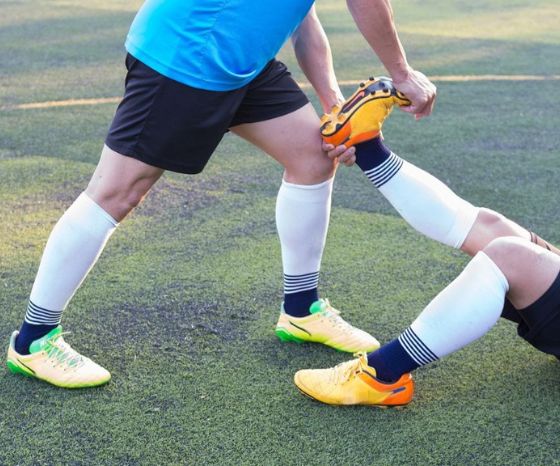
“Are you taking magnesium tablets?” “You need to make sure you drink water regularly!”
“Oh, I thought you were fit?!” “Make sure to eat a banana during the break!”
So much advice, but nothing seems to work for your muscle cramps during exercise or competition?! Then you NEED to read this blog post to learn what the latest evidence says about relieving and preventing muscle cramps!
Prefer watching a video? You can watch our video here:
In a video about exercise-induced muscle cramps that we posted in 2018, we talked about the two leading theories of cramping, namely the electrolyte imbalance theory and the neuromuscular fatigue theory. Based on evidence from Nelson et al. in 2016 we mentioned that the only thing that really helps against cramps acutely is stretching. But anyone involved in competitive sports knows that cramps usually come back after a minute or so and it’s basically game over. That’s why in this post, we will look at the latest evidence that has come out in the last couple of years and get into details about what steps you can take for relieving and preventing muscle cramps in the first place.
My personal story: Fit, but often stopped by cramps
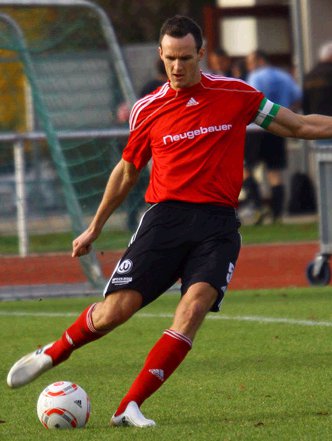
I wanna tell you my personal story first: As you might know, I played high-level amateur soccer in the past and I am playing competitive tennis now and although I would consider myself one of the fitness players on the team, I seem to be the only one that is regularly stopped by muscle cramps. In the past I’ve tried everything from taking magnesium, drinking large amounts of water before and during competition, adding electrolytes to my drink, and even taking medication, but nothing really seemed to help. That’s one reason why I dug deeper into the literature again to finally find something to help my situation. Amongst others, I ended up finding this article by Troyer et al. (2020) who published a review about exercise-associated muscle cramps in the tennis player.
Debunking common cramping myths
Let’s first debunk a couple of myths:
1) While stretching is the treatment of choice to relieve acute muscle cramping it does not have a preventative effect to reduce future cramping
2) Several prospective cohort studies could not show an association between dehydration and cramping. So, while drinking enough water to prevent dehydration is advisable for sports performance, it does not prevent cramps.
3) Eating bananas for their potassium content does not prevent cramping as hypokalemia is not associated with cramping, nor do potassium levels change quickly enough in the blood following digestion to stop cramps. What about magnesium? A Cochrane review by Garrison et al. (2012) concluded that it is unlikely that magnesium supplementation provides clinically meaningful cramp prophylaxis.
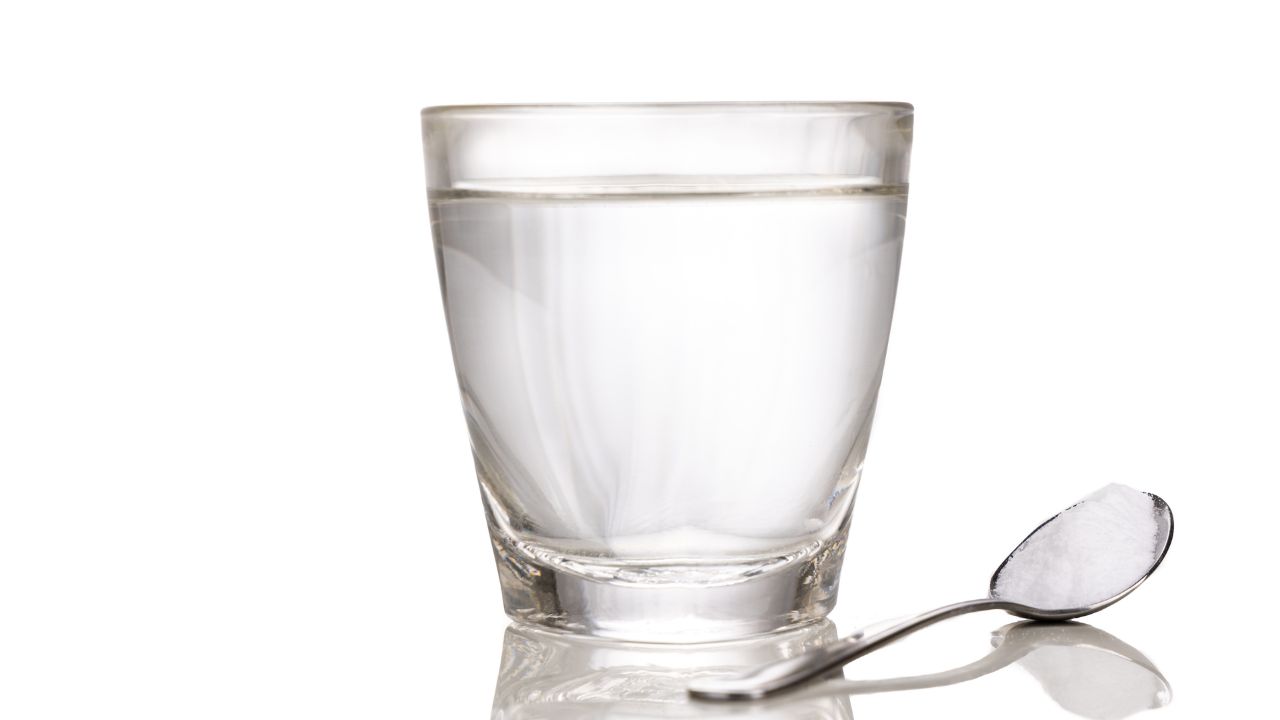
In general, the electrolyte and dehydration theory came forth from a study in 1923 (yes, 100 years ago) in which they observed cramping in coal miners in hot humid conditions. This study has shaped the way many people in the industry view muscle cramping until this very day. A survey among certified athletic trainers for example showed that the majority of them still believe that cramps occur due to dehydration and electrolyte loss.
Neither stretching, nor hydration or adding potassium or magnesium to your drink can prevent exercise-induced muscle cramps
The most important electrolyte: Natrium

Now let’s look at what DOES work based on the latest evidence and what I personally have in my tennis bag in order to prevent and relieve cramps. Now I want to stress beforehand that we need a strategy that covers as many bases as possible. With different possible underlying mechanisms for cramping, every athlete will have different requirements. A good idea to figure out what works for you is to create a cramping diary and note details like how you slept, the duration of your match, what you ate, how much and what you drank, and how much cramping you experienced. Now let’s get to the part that everyone was waiting for!
Recovery for Sports Performance with Yann le Meur
Increase Performance Levels by Applying the Latest Research about Recovery in Practice
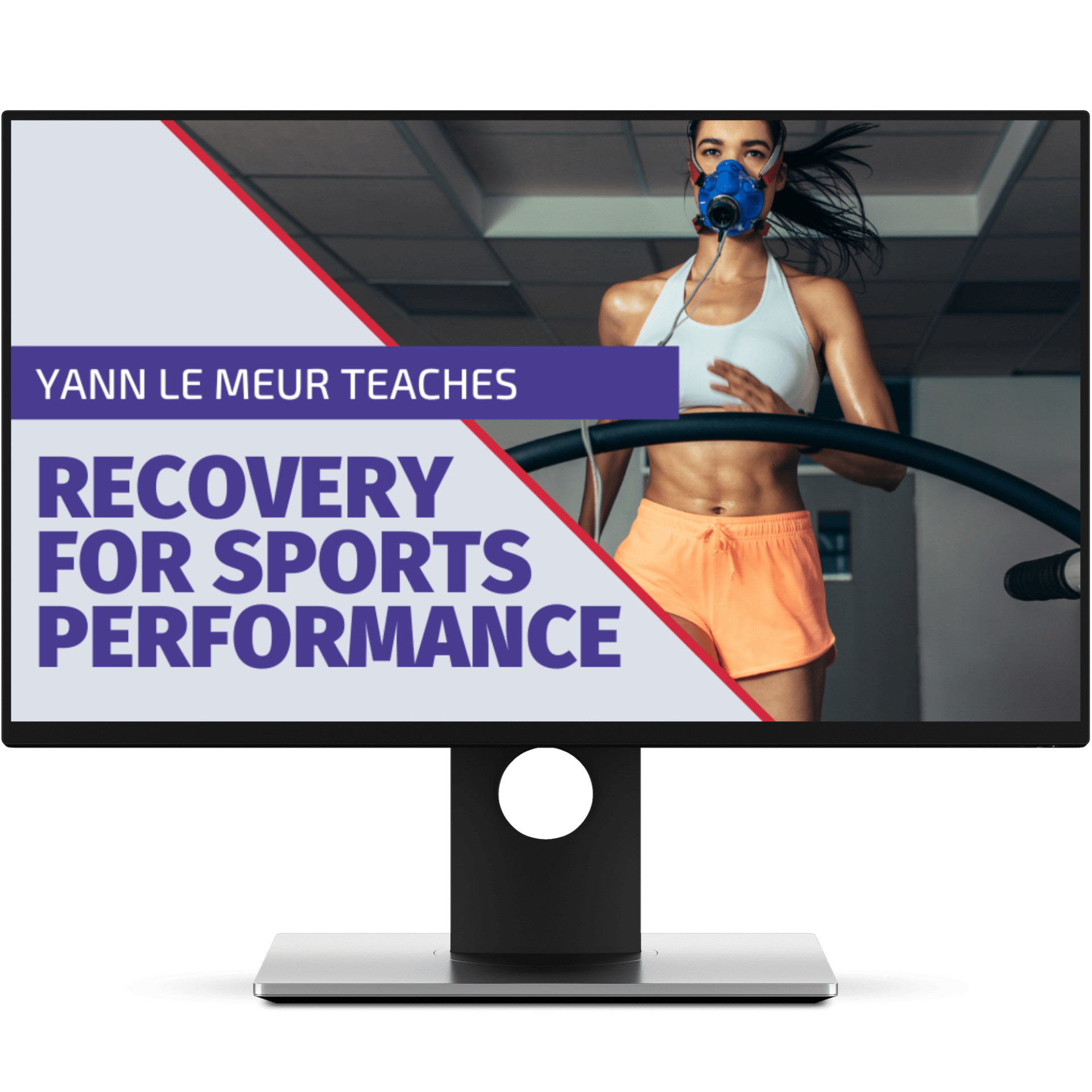
Several studies show that tennis players can sweat up to 2.5L per hour and the electrolyte that is lost the most by far is sodium. Furthermore, research shows that players who lose more sodium cramp more often compared to players who lose less sodium (Bergeron et al. 2003, Stofan et al.2005). If you sweat a lot and your shirts show those white salty lines, then this is probably really crucial for you.
Troyer et al. recommend adding 3g of salt to half a liter of a carbohydrate/electrolyte solution when generalized muscle cramping occurs, but I personally find this approach very reactive. To be proactive I personally add 3g of salt to my bottle which is 750ml.
Another advantage of added salt is that it increases thirst and retains more water in the system that you would instead lose through urination.
Ideally, you should drink 1-2L of fluid per hour or between 200 and 400ml each changeover (USTA Texas Heat and Hydration for Tennis Players)
Prevent glycogen store depletion with isotonic drinks
Now a possible risk factor for muscle fatigue is decreased muscle energy. So a good idea 2-3 hours before competition is to consume a carbohydrate-rich meal or snack, such as pasta or rice to fill up your glycogen stores. During exercise between 30-60g of carbohydrates per hour are recommended. You should add between 6-8 grams of carbs per 100ml to make your drink isotonic. Isotonic means that the drink has the osmolarity or concentration as your blood and the carbs can thus be quickly absorbed into your bloodstream.
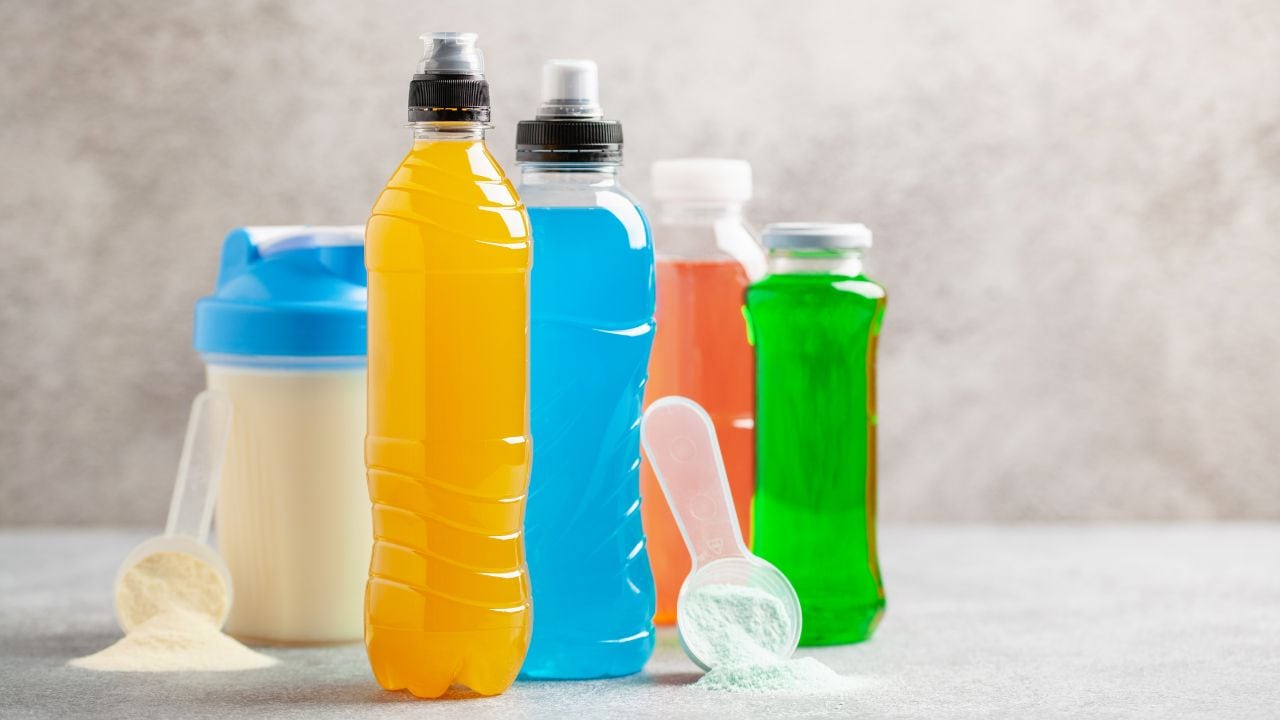
You can just add sugar to your drink, or you can opt for a sports drink which is usually isotonic. If you google “self-made isotonic sports drink”, there are many options to create your own delicious sports drink. Personally, I would mix orange juice and water in a ratio of 1:1. Obviously you can also consume carbohydrates in other forms such as gels or snacks. A normal-size banana contains about 25g of carbs, so 1 banana might be insufficient.
Provide cramp relief with TRP agonists
There are a couple of substances that can be ingested in order to provide rapid relief of muscle cramps by altering chemoreceptors in the oropharynx, so you don’t have to wait until they are absorbed into the bloodstream. Among others – you guessed it – it’s pickle juice. While having a glass of pickle juice in your bag is not really handy, I carry a tube of mustard in my bag.

A study by Craighead et al. (2017) suggests that the ingestion of transient receptor potential channel agonists abbreviated as TRP agonists can attenuate muscle-induced cramps by decreasing alpha motor neuron hyperexcitability. These TRP agonists are ginger, peppers, wasabi, and cinnamon. So you might want to add a bit of cayenne, ginger, or cinnamon to your sports drink or have one of those little wasabi packages in your bag to provide relief. In the study, participants consumed up to 500mg of cinnamon, 38mg of capsicum, or 750mg of ginger.
Decreasing EMG activity of the affected muscles
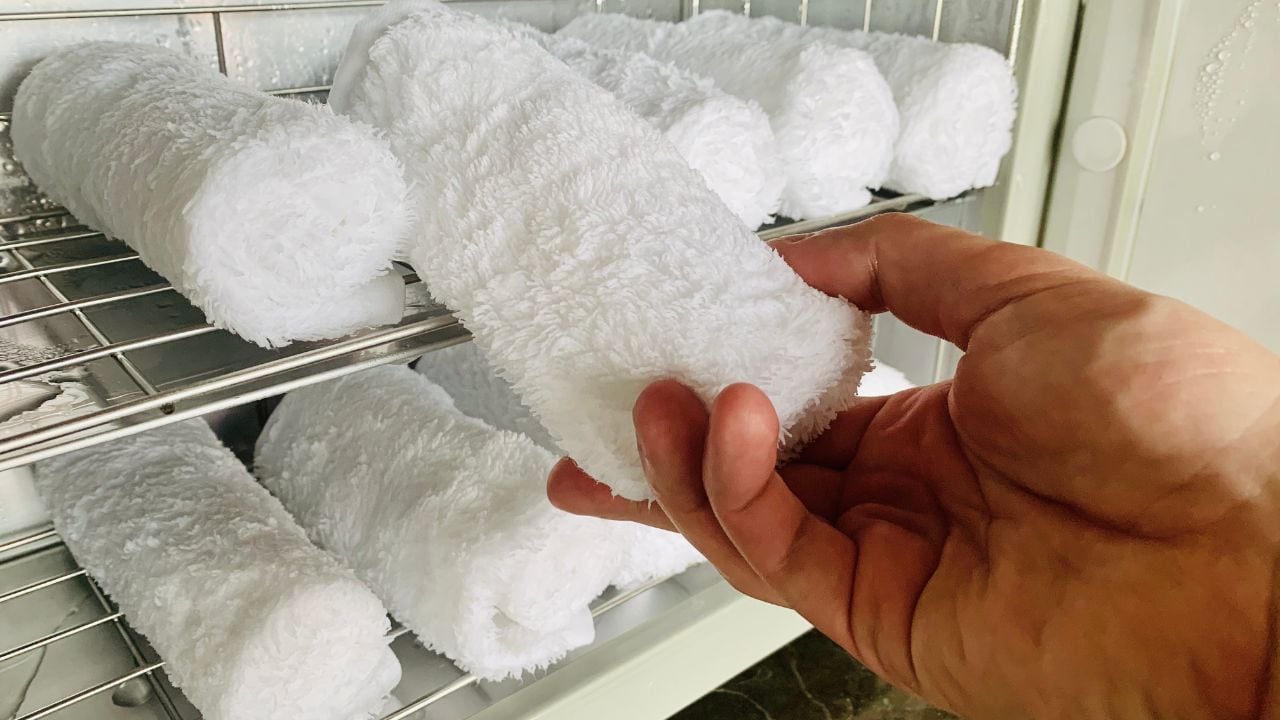
If you still experience a cramp, then next to consuming mustard and wasabi, you can decrease EMG activity by stretching and massaging the affected muscles. Antagonist contraction and icing or cooling the affected muscles can help by increasing the inhibitory afferent of the Golgi tendon organ. So I would suggest adding a cooling gel, ice spray, or cooling towel to your bag.
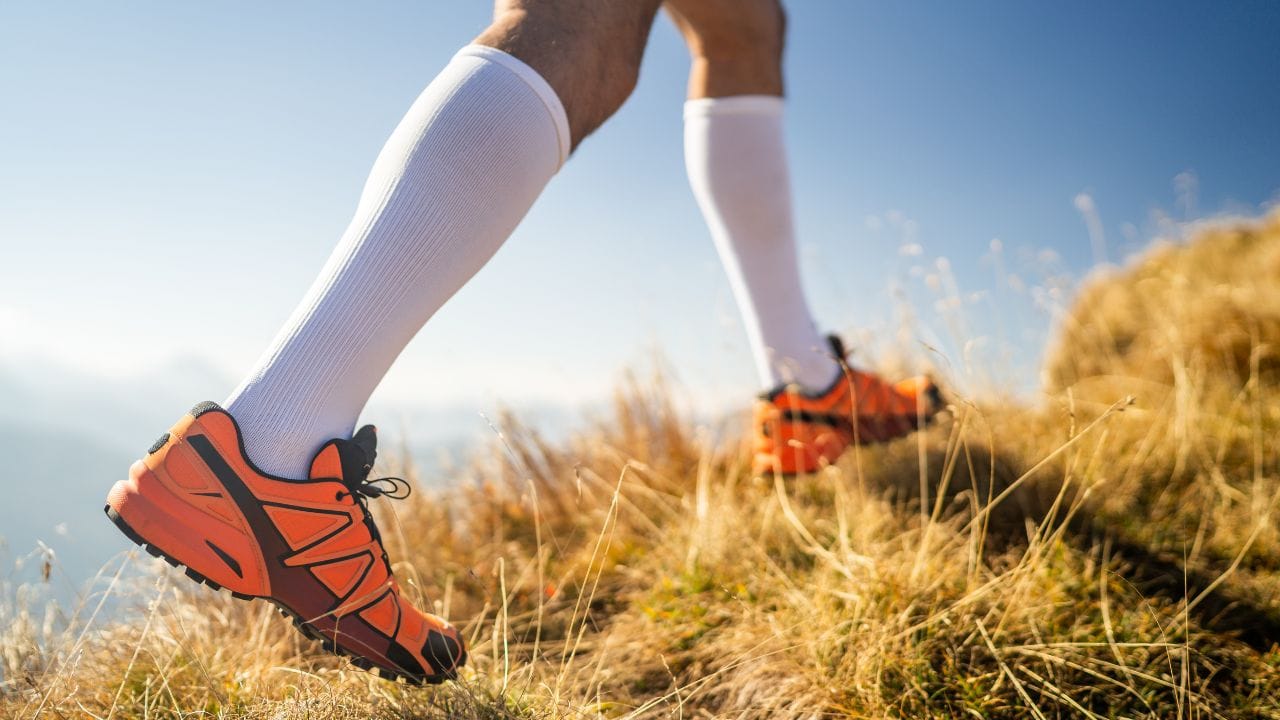
Something that has helped me personally with calf cramps during soccer matches was compression stockings. Be aware though, that this is personal anecdotal evidence and that no studies have evaluated the effects of compression stockings on exercise-induced muscle cramps yet.
Regulate your muscle receptors with plyometric training
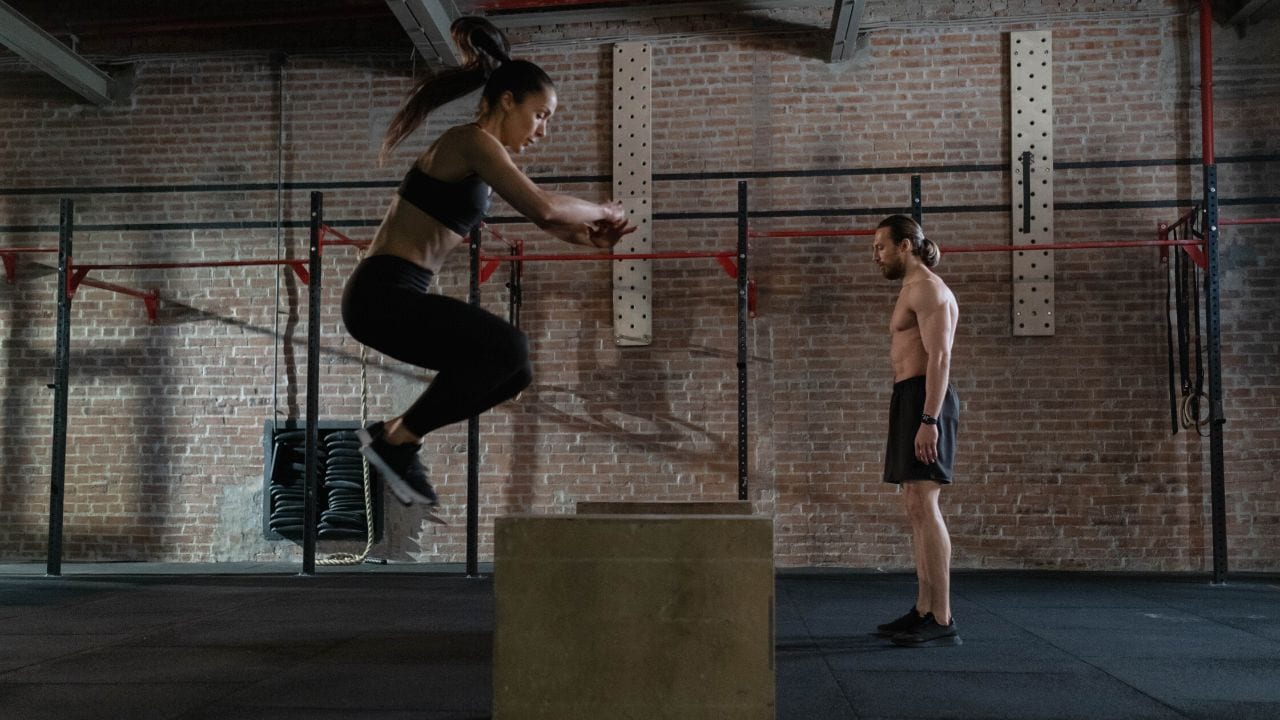
And our last and probably most important advice is conditioning focusing on increased endurance intensity and resistance training of the affected muscle groups as well as other stabilizing muscles of the kinetic chain. The message is simple, the fitter you are, the less your muscles are prone to cramping. While general heavy lifting did not help me with cramping personally, I switched to mainly plyometric training of the legs about 2-3 times a week in an attempt to prepare specifically for the demands of tennis. On top of that, plyometrics are said to improve neuromuscular control and delay neuromuscular fatigue by inducing beneficial adaptations to muscle fibers and the Golgi tendon organ firing receptors.
If none of these tips can help you, you might want to get evaluated by a physician to exclude an underlying disease. Feel free to reach out to us if our tips helped you with preventing muscle cramps or what other measures you are taking personally.
Check out another blog article about cramping by lower limb and running specialist Benoy Mathew how asked the question “Bananas or Barbells – How to prevent muscle cramps during running?”
As always, thanks a lot for reading!
Cheers,
Kai
References
USTA Texas Heat and Hydration for Tennis Players: https://www.usta.com/content/dam/usta/sections/texas/pdf/Sport%20Science.pdf

Kai Sigel
CEO & Co-Founder of Physiotutors
NEW BLOG ARTICLES IN YOUR INBOX
Subscribe now and receive a notification once the latest blog article is published.







